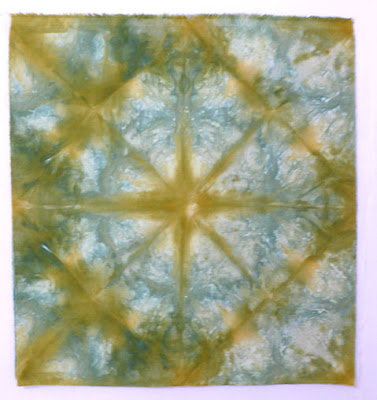It was supposed to be a quiet Christmas, just me, my Christmas music and some holiday goodies. It's what I told everyone on the cards I sent out. And then this guy called a couple of days before Christmas, asking if I had plans. Yeah, plans to clean house because you must be headed my way! This is my nephew Darren who lives about a 5 hour drive away. He's a manager at a Trader Joe's in the Seattle area, and as such, rarely gets enough time off around any holiday to get home to his family in CA. But if he has even two days (which was the case this time) and clear roads, he asks if he can come spend them with me. How special is that?
He arrived mid-afternoon on Christmas day, bearing gifts of wine, chocolates, mini-cakes and the most fabulous apple tortes (missing from the photo because we drowned them in cream and devoured them for dessert). All selections from his Trader Joe's store. I accused him of not being able to decide what to get so he got a bit of everything!
About 24 hours later, after staying up late talking and drinking wine, and the next day bundling up to take the short walk to the neighborhood Mexican restaurant for lunch, he was loading up and heading for home. Rolled up under his arm was the quilt he had slept under. I've pondered about giving him this quilt for quite awhile but was worried about all the pink fabric mixed into it and on the back. But when I saw his reaction when I opened it up to spread over the guest bed, the jaw drop and the "wow" and the "this is so cool" that exploded out of his mouth, well, I found myself saying, "I guess you should take it home with you then." It is so gratifying to know that this quilt is going to a new home as something desired and appreciated. I'm sure you know what I mean - there's no guarantee that a gift of a quilt will be received in the same spirit as it is given and duly appreciated. I know this one is in good hands, because before he left he quizzed me on whether it could be used and washed (he has a declawed cat) or should just go up on the wall. Well, either, I assured him. It was made with the intention that it be used, but it looks fantastic on the wall too.
 |
| View out my front door |
A front was predicted to pass through overnight, pretty much like the last Christmas he spent with me, and I was relieved to get the text later that night that he had made it safely over the pass (but not the cranberry bread I'd sent with him, he noted with a laugh). Because this is what I woke up to the next morning - a couple of inches of very wet snow that made the roads slick and icy and caused lots of accidents in the area. Since most of the snow had melted off the lawns before Christmas, only visible along the tops of mountains, I was happy to see this new bit of snow, even if it didn't come in time for Christmas. In fact, its absence was what gave me my very special Christmas this year.
 |
| View out the back |
Hope you also had a special, family filled holiday!
































/https%3A%2F%2Fpreviews.123rf.com%2Fimages%2Folgacov%2Folgacov1412%2Folgacov141200027%2F34365339-set-Traditional-vintage-blue-square-and-round-Greek-ornament-Meander-labyrinth-and-floral-pattern-Stock-Vector.jpg)
/https%3A%2F%2Fus.123rf.com%2F450wm%2Folgacov%2Folgacov1412%2Folgacov141200025%2F34362821-set-traditional-vintage-square-greek-ornament-meander-and-labyrinth-on-a-black-background.jpg)













